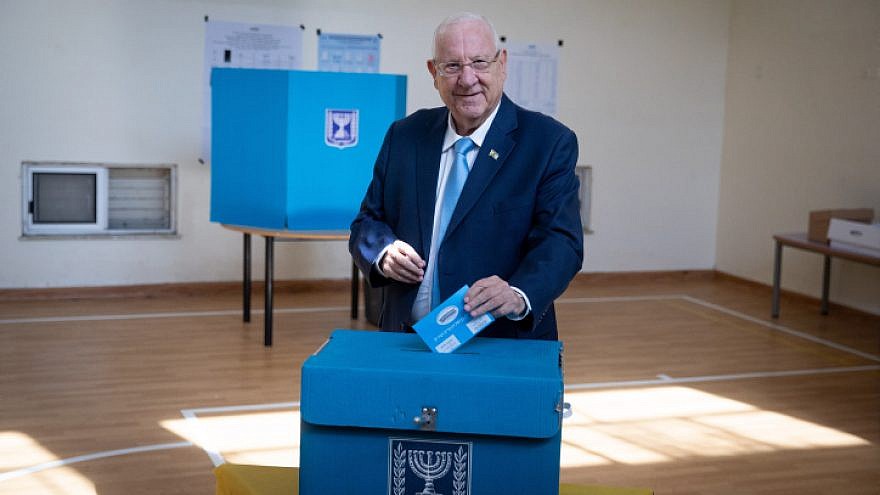Israel’s second election of 2019 kicked off Tuesday morning as 10,885 voting stations across the country opened their doors at 7 a.m. to 6,394,030 eligible voters. The majority of voting stations will close at 10 p.m.
In the previous election, on April 9, parties needed 32,860 votes to receive one Knesset mandate. To pass the electoral threshold, parties needed 3.25% of the overall votes. Voter turnout in April was 68.5%.
In the 70 years since the country’s first election, voter turnout has steadily declined. The 1949 election recorded an all-time high turnout of 86.9%.
In 1951, when the country held its second general election, voter participation dropped to 75.1%, but over the next five consecutive elections, until 1973, over 80% of Israelis voted. In the Dec. 31, 1973, election, several months after the Yom Kippur War, the number dropped to 78.6%. From that point up to the election for the 16th Knesset in 2003, every election saw voter turnout between 77%-79%.
After that point, voter participation again began to rise, and in the election for the 20th Knesset passed the 70% mark for the first time in a decade (72.34%).
As stated, voter turnout in April dipped below the 70% mark to 68.5%. This time around, the parties have plans to make sure their supporters actually go out and vote.
This article first appeared in Israel Hayom.


























